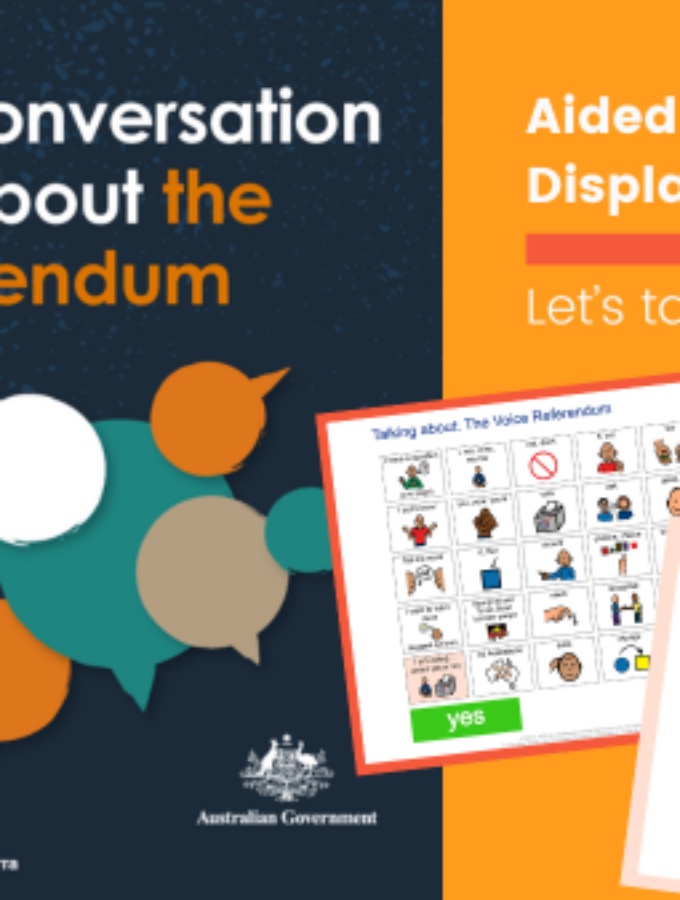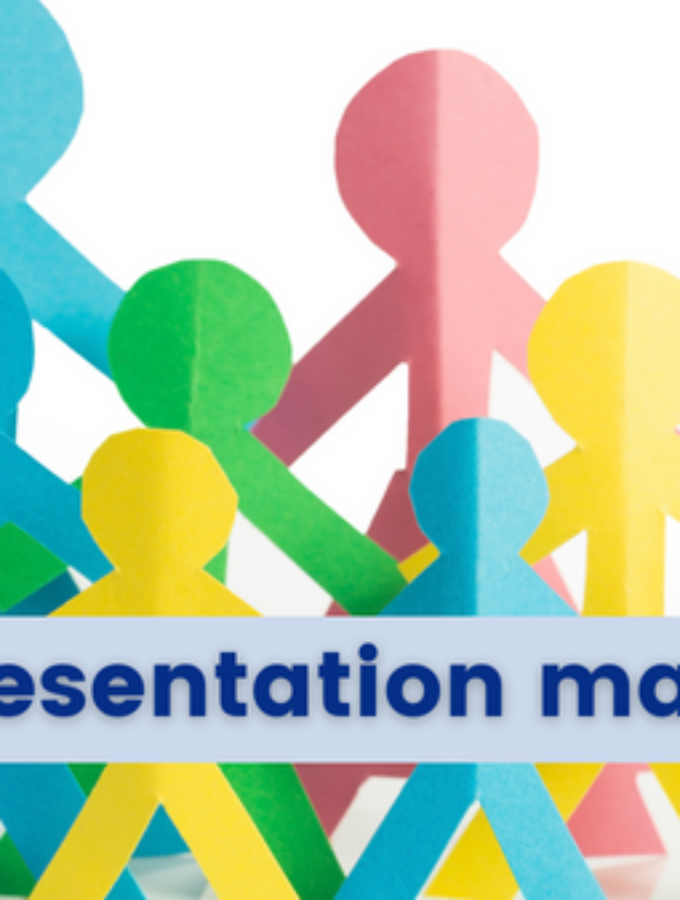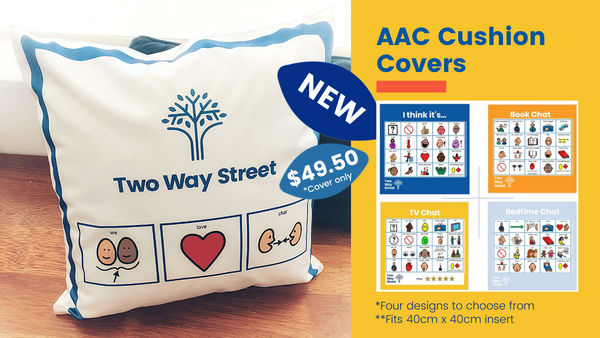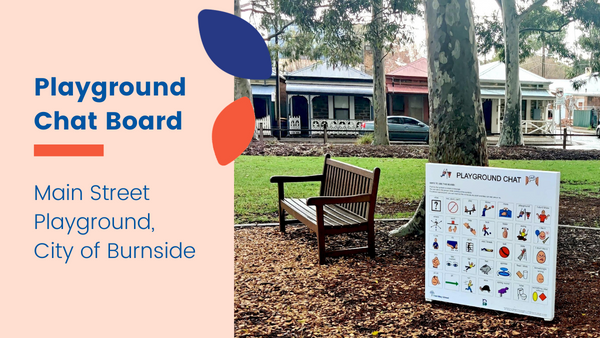On October 14th, the people of Australia will vote in a referendum. The question on the ballot paper is: “A Proposed Law: to alter the Constitution to recognise the First Peoples of Australia by establishing an Aboriginal and Torres Strait Islander Voice. Do you approve this proposed alteration?”
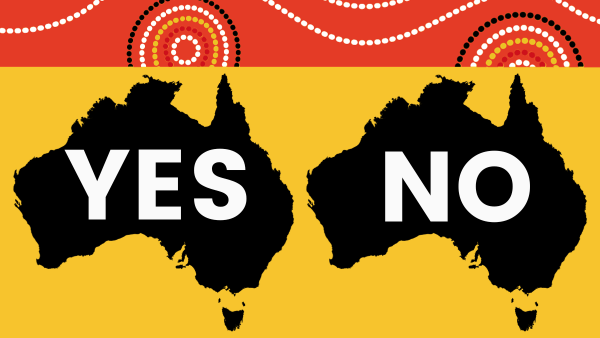
Voters will be asked to vote ‘yes’ or ‘no’ to this question.
At Two Way Street, we think it’s important that everyone has a voice. If you are over 18, then you are entitled to vote in the election. If you are under 18, then it’s still a very important topic of conversation. Not just for the outcome of this vote, but to consider and understand significant events occurring in our country and the world. This will help you to relate to information you might hear in the news or on social media, as well as to be part of conversations both in person and online about current events.
Voting is both a right and a privilege in Australia, as well as being compulsory for those over 18 (remember to enrol to vote if you haven’t already!). For those under 18, events like this referendum give us opportunities to talk about voting, laws and topics that help to build our understanding and capacity to make decisions, and to vote as an informed citizen after we turn 18.
Accessible resources for the Voice vote
The Australian government and others have created some accessible resources relating to this referendum. We’ve included links to these below.
We also think it’s important to provide opportunities for people to talk about the referendum, their reasons for voting ‘yes’ or ‘no’ and to ask questions before they make a decision. Good decisions include more than just being told information. Most people have conversations with friends, family, colleagues and even those who disagree with us in order to make decisions and prepare to vote.
To get the conversation started for people who use communication symbols to augment their communication, we have created a ‘Talking about The Voice’ aided language display (ALD). Of course there may be many more words required for a robust discussion on this referendum. This ALD is just to get the conversation started.
The Talking About The Voice ALD
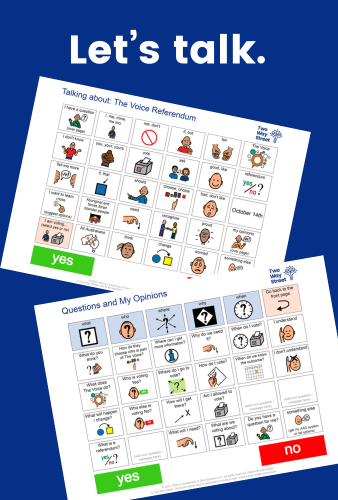
The first page has vocabulary to talk about the Voice and express opinions. The second page (reverse side) includes some common questions as well as space to add the individual’s own questions that they might like to ask people. We’ve also included some spaces to add personal opinions or preferences to share with others once you’ve had a chance to think about it. If you are a parent or support worker, be sure to only add messages that have been created by the person or at a minimum, agreed upon by them.
After these discussions, you might also like to add messages to the person’s own AAC system for use in all situations, or consider sharing information on social media, or by joining their selected campaign. It is crucial that you gain consent for any action you take on their behalf and that you keep your preferences separate from theirs when sharing their message.
Tips when talking about the Voice with the ALD
- Point to (and/or read out) the messages on the board as you talk to the person, and give them opportunities to say things with the board too. They may not point to the messages but may use their body, voice or facial expression to show agreement or disagreement with your messages. Watch and listen to hear their opinions or questions.
- If a person can’t point to the symbols, then read out the options and ask them to tell you ‘yes’ or ‘no’. When you get to the one they want to say, ask if they are finished or want to add another word, otherwise you might only get half of the message.
- To speed things up, you might point to a column at a time first, then the individual messages.
- Scan the QR code -> for an example of what that might look like.
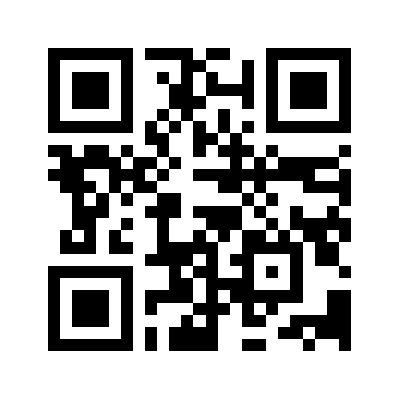
- It may help to take a photo of the ALD, so you have it handy at all times. You never know when the topic of the referendum will come up. (Maybe when you’re out for coffee, or visiting friends).
- The Two Way Street talking about the Voice referendum ALD can be used to share information with a person who would benefit from symbols to aid their understanding, and/or it can be used by the person to ask questions or talk about the referendum and their decision.
- Remember that voting is a personal decision and it’s important to respect each individual’s views. When you are talking about The Voice with someone who uses AAC, be very aware of your own personal preferences and try to avoid any bias or coercion.
Examples of phrases using the ALD
Giving information:
- Start by reading the Easy English Fact Sheet this is a helpful way to share information to start the discussion.
- You could also ask the person to point to a section of the fact sheet if they don’t understand.
- You could say tell me more if you want more information.
- Let’s talk about the referendum.
- It’s on October 14, 2023
- It’s about the Aboriginal and Torres Strait Islander Voice/ The Voice
- You can vote. (Or You can’t (not) vote yet but we can talk about it).
- You can vote Yes or you can vote No.
- It’s your choice.
- (I have a question) What do you know about it?
- (I have a question) Do you have any questions for me?
Talking about the referendum:
- You tell me more and point to the Easy English Fact Sheet or any documents or websites you’ve been looking at.
- I want to learn more (communication partner to offer options for the ways the person could do that such as watch, listen, read, talk with others).
- (I have a question) Why do we need it?
- (I have a question) What do you think?
- (I have a question) What will happen if yes/no?
- I don’t know.
- Tell me more.
- I choose/think/vote Yes
- I choose/think/vote No
- That’s not fair.
- That’s fair.
- Me too. (to agree with something someone else said)
- I heard/think it’s good/not good for All Australians
- I heard/think it’s good/not good for Aboriginal and Torres Strait Islander people.
- I heard/think it’s good/not good for people who are not Aboriginal and Torres Strait Islander people.
- We (all Australians) should vote yes/no.
- We don’t need The Voice to recognise Aboriginal and Torres Strait Islander people.
- We need The Voice to recognise Aboriginal and Torres Strait Islander people.
- I feel proud of Australia because of this vote.
- I am worried for Australia because of this vote.
- We (you and me) should ask some other people what they think (I have a question) What do you think?
Enjoy the conversations and we look forward to a referendum where everyone has a voice about the Voice!
Other information sources
The Voice website, includes:
- a fact sheet written in an easy to read way with pictures to explain ideas
- videos in Auslan under ‘translated resources’
- First Nations toolkit featuring a Conversation Guide
- resources in languages other than english under ‘translated resources’
Visit the Australian Electoral Commission for more accessible resources and information on enrolment and voting.
Civics Australia also provides information about the referendum in an engaging way.

